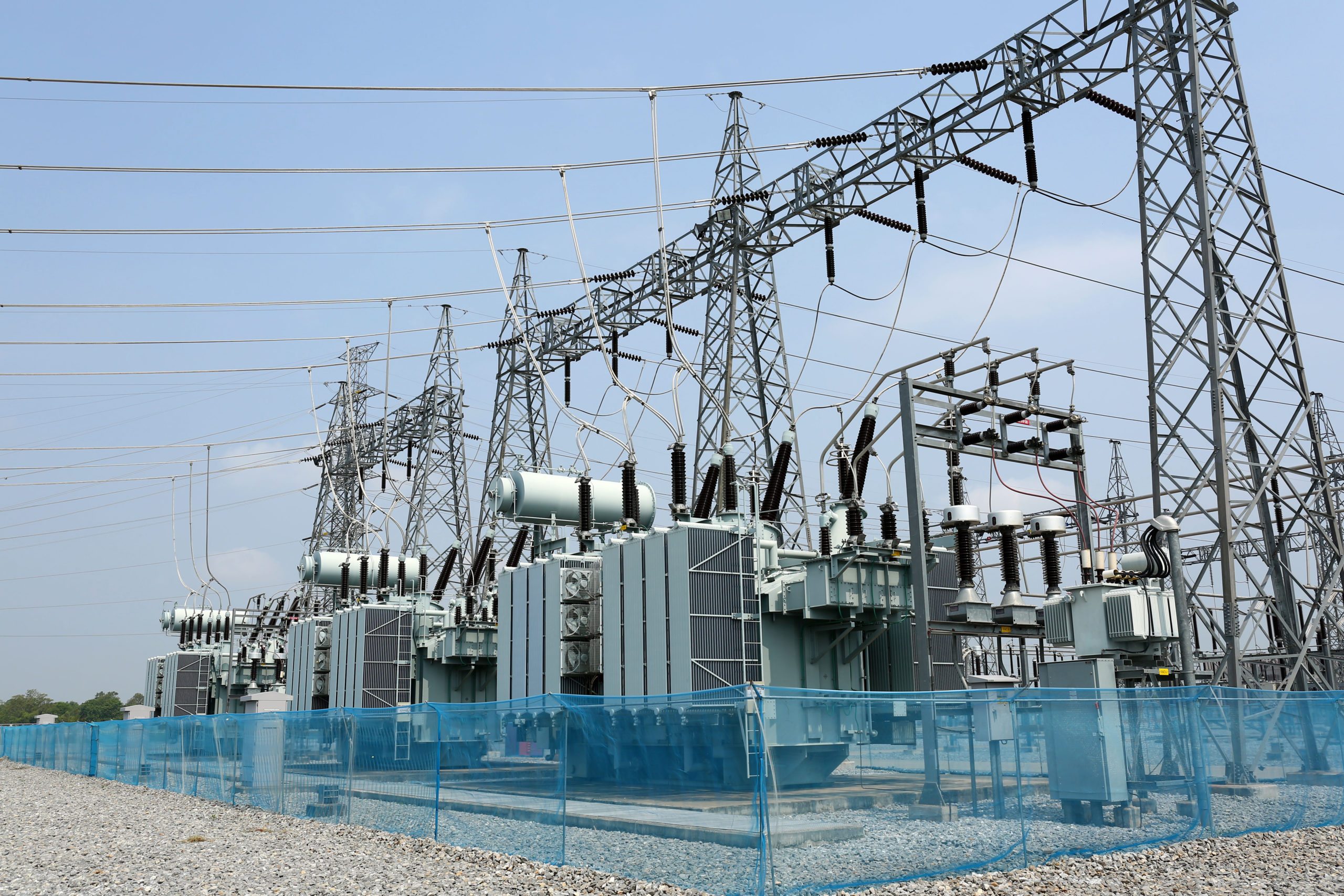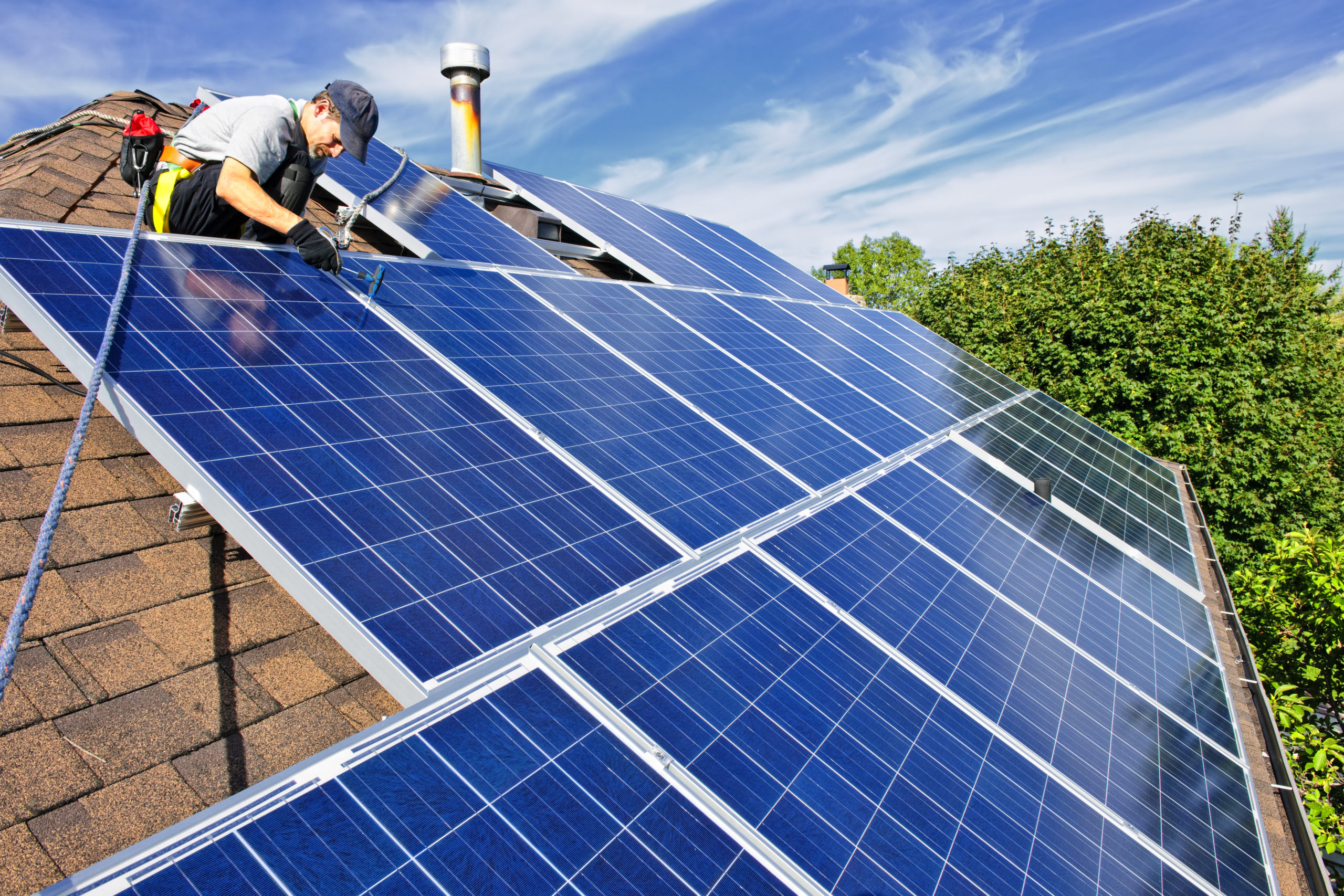The average person living in the United States is responsible for about 16 tons of carbon dioxide and methane annually. That’s about four times as much as the global average. To avoid globally catastrophic climate warming, we need to reduce the carbon footprint of every human on earth to under two annual tons as soon as possible, but certainly before 2050. That’s a huge reduction from our everyday emissions, so I’m going to do what I can to reduce mine as quickly as possible. I have resolved to make this a priority in 2021.
The vast majority of greenhouse gasses are created from five major sectors of the economy. The largest sector is transportation, which is why electric cars and plug-in hybrids are so important. In descending order from there are fossil-fuel electricity generation, industry, commercial and residential heating, and agriculture. The best thing for everyone would be a governmental prioritization of reducing emissions in each of these sectors. There are many things in this mix that are well beyond my reach, but my personal responsibility is to affect the change I can. If I’m only half-assing my approach to the climate, how can I expect anyone else to take it seriously?
Transportation

As a full-time automotive journalist and cross-country event planner, I have to do a lot of traveling for work. In 2020 I did far less than a normal year, by orders of magnitude. I’m going to do my level best to carry that reduction in travel miles into 2021. As society begins to open up again as the vaccine takes hold, I’ll undoubtedly end up driving a lot more. I vow right now to keep a log of every mile I drive in 2021, and I will pay for offset credits to ensure my gasoline-powered miles have less impact than they otherwise would.
I will forego any elective air travel. Flying is slightly better for the environment than driving long distances solo, so I won’t say outright that I won’t fly at all. I will, however, voluntarily remove any air travel from my docket that isn’t absolutely necessary. One long flight, say from Los Angeles to New York, is estimated to produce more than half a ton of CO2 per passenger.
I recently bought myself a really cheap used Nissan Leaf to use as an around-town car. While the range of this car is short, it can get me pretty much anywhere I need to go in town. My local emissions footprint will be greatly reduced because of this little beater box. I love my Leaf, and if you need something cheap and simple to drive around town, I can’t recommend it enough.
Electricity Generation

A few years ago I began purchasing renewable energy from my power provider, NV Energy. The company’s Green Energy Choice program offsets my household usage at a higher per kWh rate (currently $0.04209 extra per kWh). Obviously the company can’t parse out green electrons to only visit my house, but it’s as close as I can get to buying clean energy. This program buys 85% of its energy from geothermal sources, 10% from solar, and 5% from hydroelectric.
Perhaps you can ask your local power company about a similar program. Not only does this help me feel at ease about my electricity usage, but it incentivizes the electric company to invest in green energy sources. Nevada is sunny practically all the time, and our underground temperatures are frequently above 200 degrees F, so it makes a lot of sense that NV Energy would build more geothermal and solar projects. I’m voting with my wallet that I want my power company to be greener. All they care about are the profits.
CHECK OUT: Electrify America introduces solar-powered charging in rural California
In addition to purchasing offsets, I’m having a 9-panel photovoltaic solar array installed to help green up the grid. My house built in 1935 will have nice new 2020 technology on it, harnessing the power of the sun to directly charge up my Leaf. As I said before, Nevada is perhaps the best place on earth for solar energy, so why not take advantage of that? An added benefit of the solar is that anything I don’t use from my panels will be fed back into the grid. NV Energy then reduces my bill by however much electricity they’re “buying” from me in order to sell to other Green Energy Choice customers at a higher rate. Not only am I getting more efficient green energy from my own microgrid, but I’m saving money. It’s a win-win.
Those solar panels, at the very least, mean that my EV charging will be 100 percent free and 100 percent powered by the sun. How cool is that?
Industry

I can’t do much to reduce the emissions created by the international industrial complex. What I can do, however, is make better choices about what I buy. For one thing, buying locally means your goods don’t have to travel as far. Ocean freight is a huge greenhouse gas source, and buying fewer goods from overseas will help reduce that toll. I’m also vowing to just buy fewer brand-new things. I broke up with Amazon a couple of years ago for many reasons, but this was the primary one. Now if I need something I’ll check eBay or Craigslist for it first, because it not only helps save money, but it reduces demand for the creation of more junk. If I want something, I’ll usually think about it a few times before actually committing to purchase.
Home Emissions

My home, as I said before, was built in 1935. Back then it was pretty normal for a house to be heated with absolutely disgusting emissions-heavy fuel oil. Thankfully that fuel oil tank was capped off decades ago and replaced with a more efficient, but still pretty terrible, natural gas heating system. We’ve decided to remove that natural gas heater and replace it with an electric heating system. Not only does this mean we can heat our house without creating more carbon dioxide, but we’re also leveraging our solar energy to better effect.
Agriculture

I promise I won’t be forcing my beliefs on anyone here, but in 2021 I’m doubling down on my prior efforts to convert my diet to a vegetarian one. It might make you giggle to hear that cow farts are actually a huge source of greenhouse methane, but it’s true. Because of the unique way cows (and sheep) digest their food, the gasses emitted through farts and burps are particularly bad for the planet. By eliminating beef from my diet, I’m prioritizing more ethical eating practices. I won’t get into the egregious living conditions of beef cattle, but if you’ve ever driven through central California on I-5 on a hot summer day, you know what I’m talking about. The fewer cows raised for the beef trade, the better it is for our average annual carbon footprint.
Trying to eat fruits and vegetables that are actually in-season in your region will help reduce the amount of travel those foods need to do to get to your supermarket. I don’t think I need strawberries in December, so I’ll work on only buying local or at the very least regional fruits and veg.
So there you have it. That’s my major 2021 New Year’s resolution. Let’s hear yours.
(Editor’s note: While we haven’t made a big deal of it, we do support the efforts of One Tree Planted and we are one of its business partners. For more information you can click the One Tree Planted logo at the bottom of any of our pages.)

